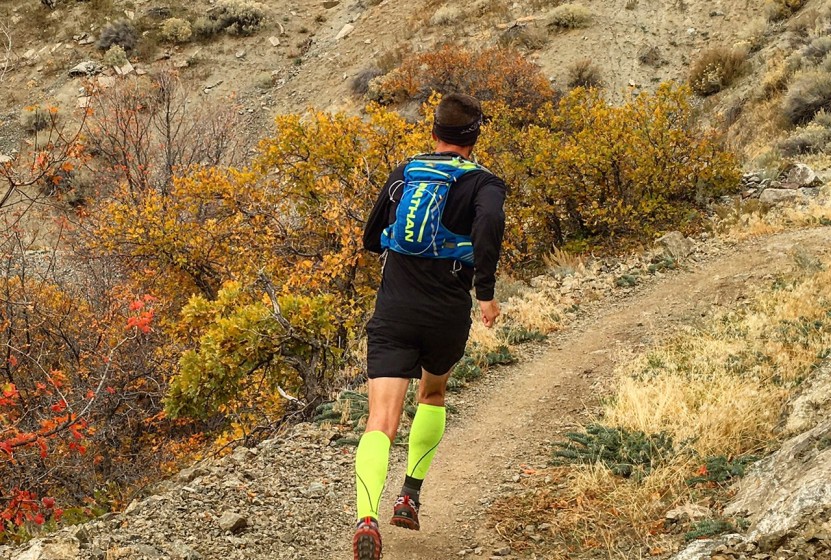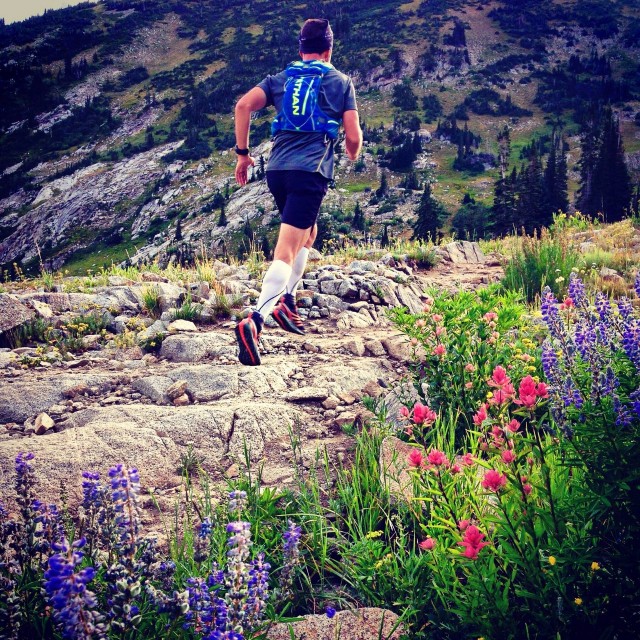Eeney Meenie Miny Moe…
One of the most frequently asked questions on trail running group pages and forums is something like “I’m new to running trails, what shoes should I buy?” These posts are quite fun to watch as the lovers of every brand of shoe come out of the woodwork to espouse the particular brand that they prefer. What’s even better is when someone simply responds with one word like “Altra” or “Hoka.” Any keen observer knows that particular models of any brand can vary greatly. For example, an Altra Superior is a completely different shoe than an Altra Olympus. The Superior is minimal and nimble, while the other has max-cushion, a greater stack height and less stability. Both have their strengths and weaknesses, but they aren’t even remotely similar. So you can see how absurd it would be to just throw a brand out there inferring that it will work for everyone.
If the shoe fits?
When I started running trails, I had no clue what shoes would work for me. So I purchased the exact same shoes that my good friend had and went with it. It’s common for newer runners to gravitate to shoes that have been recommended without giving it any more thought. Sometimes it takes injuries, blisters or shoes that just plain fall apart before a new runner starts to expand their horizons and reach out for more knowledge and information.
For two years of my running life, I wore only one brand of shoe. The shoes worked for me, and after a year or so of running in them, I had convinced myself that they were the best trail shoes for me and therefore everyone else. After becoming a gear tester for Trailandultrarunning.com, I’ve had the opportunity to test multiple shoe brands. I quickly learned that there are several excellent trail shoes on the market and all of them have different strengths and weaknesses. A pair that works well on a technical mountain scramble is typically not the right shoe for running a long ultra-distance. Many shoe models can perform adequately in a variety of conditions and terrain. These all-purpose shoes can be great for new trail and ultra-runners because they can perform several tasks well and are great for those who are new to the sport.
Your shoes are your tools.
Certain tools are meant for certain jobs. Much like running shoes, some perform better on certain runs than others, depending on variables such as your body weight, size, comfort, experience, trail conditions, and the terrain. You wouldn’t use a screw driver to hammer in a nail and likewise I personally, wouldn’t use a max cushion shoe in technical mountain terrain because they don’t have enough stability for me. If you can, try multiple brands in as many different conditions and terrain to see what works best for you. You might discover that you like models from most brands and most of the shoes out there do at least some things well. If you are running in a variety of terrain and conditions, you’ll likely want several different models in your shoe running arsenal.
But shoes aren’t cheap!
Most of us simply can’t buy several brands of shoes because they are just too expensive. If this is the case, you’ll want to find an all-purpose trail shoe that will do a sufficient job for most of the terrain where you will be traveling. The most critical things to consider if you are in this situation is to find shoes with excellent durability, tread and comfort. If you have those three things your shoes will take you pretty much anywhere in relative comfort and give you the most bang for your buck. Many shoes are comfortable and have excellent tread, but after a few hundred miles, they begin to fall apart. Stay away from these shoes unless you have an endless supply of money to throw at shoes. I’ve heard of shoes lasting up to 700-800 miles on a single pair running in pretty technical mountain terrain. While it is not generally advised putting that many miles on them, it can work if you have a good shoe.
Don’t get stuck in a rut.
Recently, I tested a shoe that I had very low expectations for because the brand isn’t widely known. I figured I’d put the required miles in to get all of the info I needed for the test and be done with them. Ironically, I quickly discovered that they were among the most comfortable and versatile trail shoes I have. As a result, I moved them up to the top of my rotation. These are shoes that I never would have purchased because of my pre-conceived bias, but are now among my favorites. Lesson learned, never be so sure about a shoe model or brand until you have tried them for yourself. The key is finding a shoe that is durable, comfortable and built to tackle the terrain where you run.
Having a myopic view of any shoe brand or model can be unhealthy. Don’t be afraid to try on something new. You never know, the best trail shoes for you might already be out there on someone else’s feet.























An excellent article. I am fairly new to trail running, having just completed 1 race in 2015. I have a pair of all purpose trail shoe, but would like to try something new to see if there is a difference.
Thanks Carl. There are several really good models from a variety of companies that would be good to try. Some of my favorites from this year: Pearl Izumi N2, Brooks Cascadia, North Face Litewave and Nike Kiger.
You have to go with the shoe that suits your foot shape best as well as the terrain that you run on most frequently. Dry gritty trails, craggy mountain or steep but often muddy tracks as I have on my doorstep. I have changed over the years as my feet and experience have. I generally go for a shoe that sees me through the winter mud in terms of grip, but also is comfortable enough when it all dries out and bakes hard in the summer. Salomon Fellraiser are my current choice. Got me through the TDS last August.
Hey, what are your thoughts on La Sportiva Ultra Raptor?